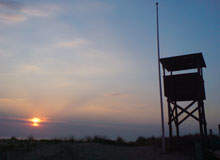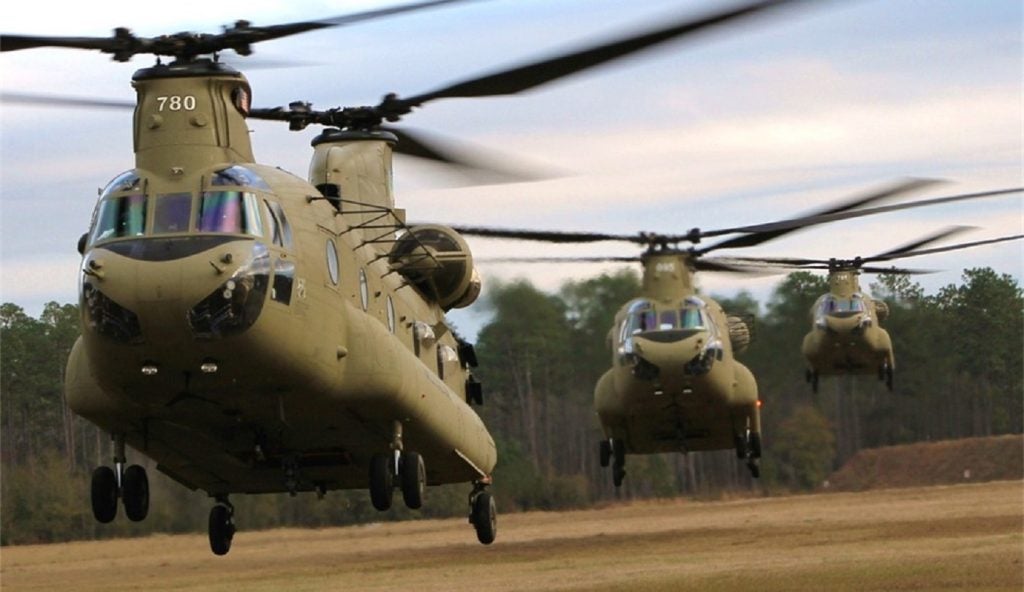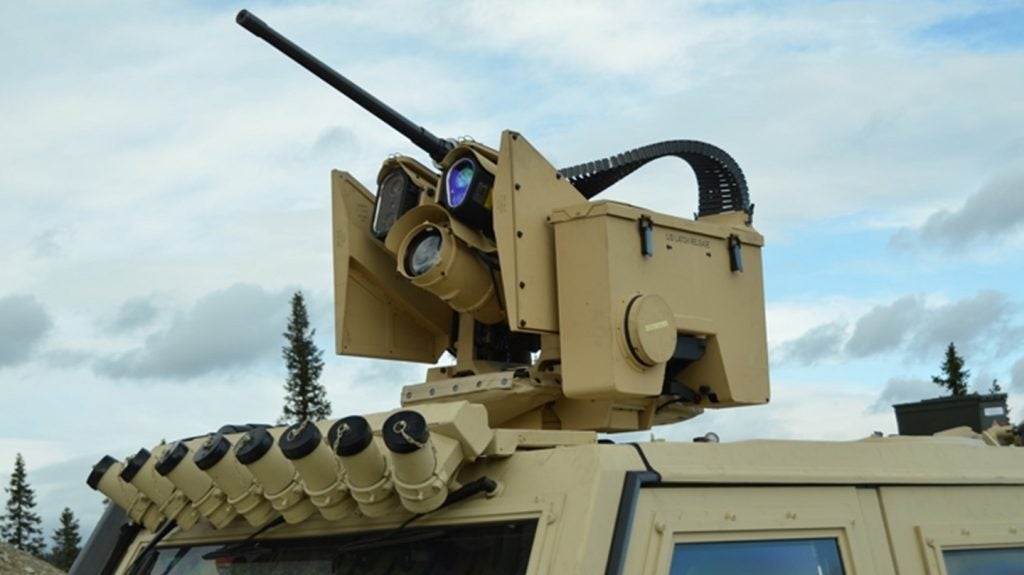
To effectively guard a perimeter you have to make sure that intruders are either kept out completely or handicapped in such a way that security forces are able to reach them quickly after an alert. Whenever this is not possible, for instance when a perimeter is exceptionally long, effective perimeter control must involve real time information relays preferably indicating the exact location of incidents.
Given the vast numbers of different objects and their individual surroundings there is no standard solution. The giant US Army post Fort Hood in Texas, for instance, spans around an area of 880km²; while the US Bagram Airfield in war-torn Afghanistan is 24km² and the world’s longest pipeline, the Baku-Tbilisi-Ceyhan pipeline, runs over a distance of nearly 1,800km from the Caspian Sea to the Mediterranean Sea, passing through three different countries in a highly politically sensitive area.
Finding the right solution therefore, is always preceded by defining the type and level of the threat, as well as the cost and availability of resources.
Dividing civilian and conflict needs
In Iraq and Afghanistan military bases are heavily guarded with rings of razor wire, sand-filled barriers, blast walls, security cameras, guard posts and other equipment. The military needs to use this personnel and material intensive technique as potential intruders could be numerous and heavily armed.
Outside of war or conflict zones perimeter security normally consists of mechanical barriers and/or detection systems, generally fences and sensors. The Electro-Fence system by British company Advanced Perimeter Systems for instance obstructs intruders and alerts the security forces at the same time. Attached to an existing fence or used as a stand-alone fence, any attempt to cut or climb this electric fencing is met by a non-lethal shock. Attempts to short circuit, reduce the voltage or breach the fence generate an immediate alarm.
See Also:
The Secure Fence system, developed by Australian company Future Fibre Technologies, on the other hand, uses a fibre optic rather than electric system for its perimeter security products.
How well do you really know your competitors?
Access the most comprehensive Company Profiles on the market, powered by GlobalData. Save hours of research. Gain competitive edge.

Thank you!
Your download email will arrive shortly
Not ready to buy yet? Download a free sample
We are confident about the unique quality of our Company Profiles. However, we want you to make the most beneficial decision for your business, so we offer a free sample that you can download by submitting the below form
By GlobalDataWith Secure Fence, a laser beam is constantly transmitted through a fibre optic cable and automatically monitored by a sensing controller for any disturbances to the fence. According to the company, one system alone can protect up to 80km and detects threats at 10m.
Long distance protection
For longer distances different systems can be combined. Under the name Secure Pipe, the company offers a similar product for protecting difficult installations like pipelines. Using existing fibre optic communications cables as the sensor, it can still detect and locate an intrusion to within 150m regardless of pipeline length.
Other sensors for instance can detect if a fence is shaking or if somebody makes noises while climbing over it, but they all only alert if there is an incident at the perimeter line itself. To cover a wider area or when a complete fence is not needed or possible, different measures are needed. With the help of equipment like audio, motion, infrared sensors and laser scanners, a wider area can be guarded. The US-Mexican border, for instance, is secured by heat-seeking cameras, sensors embedded in the desert, and surveillance drones.
A different approach
While many motion sensors use ultrasound, radar or infrared beams to detect intruders Australian company Perimeter Security Industries offers a different approach. Its SecureMat is a mat, which gets placed on or in the ground inside a perimeter fence that can detect any intruder standing, walking or running across the protected area.
Today automatic security systems mostly use a combination of different types of sensors to reduce the number of false alarms. The problem with a motion or fence sensor alone for instance is that it can be triggered by animals running around or rubbing themselves against the fence.
Video sensors
Besides automated sensors video surveillance has always been an essential part of perimeter security, but its limits have always been the amount a footage guards can pay attention to. Security officers simply cannot monitor every camera, 24 hours a day, especially in larger installations. As a result, so-called computer vision has become a part of video surveillance systems.
Software known as Perceptrak by US Company Cernium watches surveillance videos around the clock and only alerts security personnel to situations that require their attention. To do this it uses individually predefined parameters like the violation of a certain area or left behind objects. It can be used for real-time active monitoring or to conduct rapid investigations.
EAGLE, a system offered by French company Evitech since 2005, detects, identifies, tracks and locates moving threats from a fixed camera image flow.
It can use any kind of camera or image format and raise alarms or trigger defence equipment. According to Evitech especially during fog and snow it can detect very light differences, which a human guard would miss after one hour of duty.
Regardless of how sophisticated these detection systems become, human monitoring and a human response to intrusions or incidents will always be required. Technological equipment is simply making the job of guards much easier by providing them with more information and more time.





